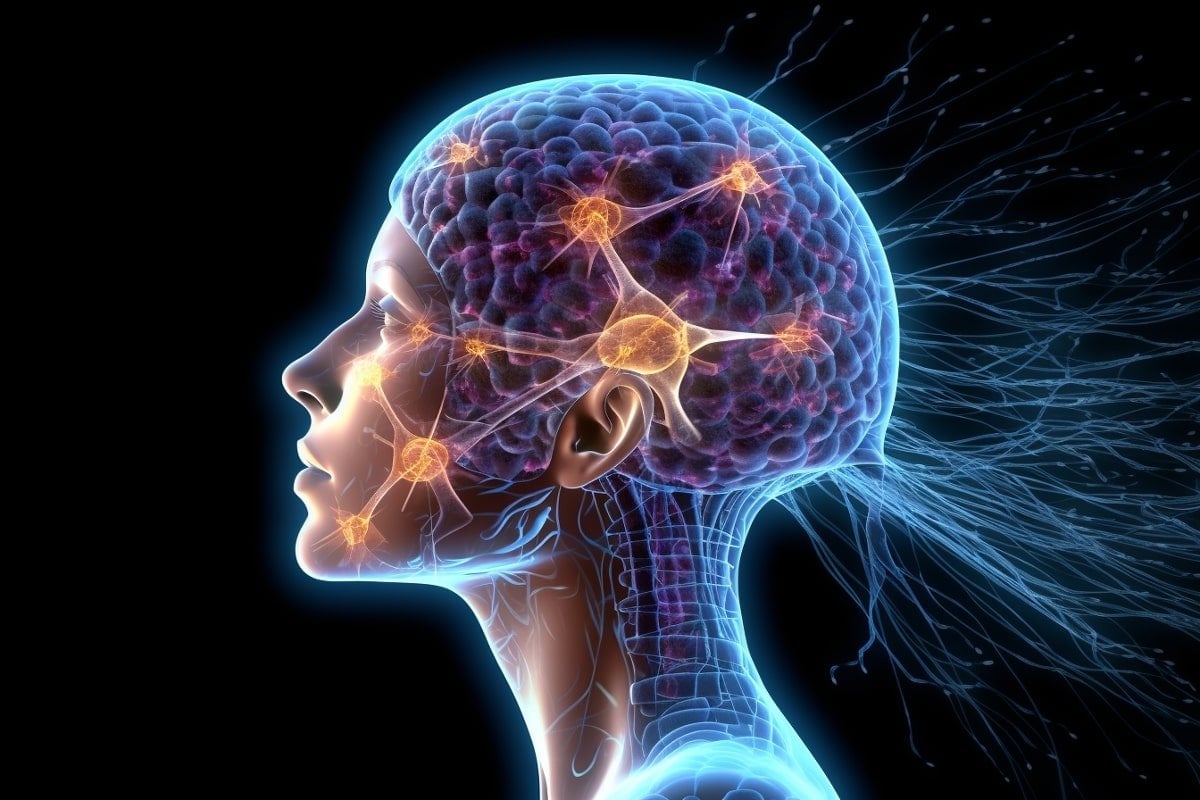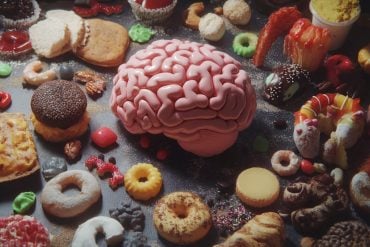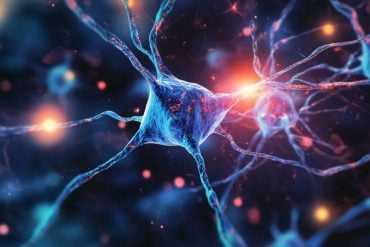Summary: Researchers delved into the brain’s grey and white matter, investigating the impacts of fibromyalgia. Using magnetic resonance imaging (MRI), the team detected reduced grey matter volume in the pain-processing areas of fibromyalgia patients.
Furthermore, the thalamus, a critical hub in the pain processing network, showed altered signal transmission. Remarkably, the study suggested that these brain alterations could potentially be reversible, influenced by factors like activity levels and mental health.
Key Facts:
- The study found reduced grey matter volume in the pain-processing areas of fibromyalgia patients.
- Altered signal transmission was observed in the thalamus of fibromyalgia patients, indicating changed pain signaling.
- The changes in brain structure correlated with patients’ pain perception and behavior, and intriguingly, might be influenced by factors such as physical activity and mental health, suggesting potential reversibility.
Source: RUB
A research team led by Professor Martin Diers and Benjamin Mosch analyzed the magnetic resonance imaging data of 23 female patients with fibromyalgia and 21 healthy control subjects.
They wanted to examine the volume of the grey matter, i.e. the nerve cells, in various pain-processing areas of the brain, and the so-called white matter, which mainly consists of the fiber connections between the nerve cells through which signals are transmitted.
“One of our goals was to find out whether the directionality of the diffusion of water molecules differs in certain areas of the brain, in other words: whether we can identify any regional differences in signal transmission,“ explains Benjamin Mosch.

The researchers found changes of the grey matter volume mainly in the pain network of the brain, i.e. in the regions responsible for processing and evaluating pain.
“In certain regions responsible for the inhibition of pain, we found a decrease in grey matter in the patients compared to the healthy individuals,” explains Benjamin Mosch. “In patients, the volume of these regions was significantly reduced.”
Regarding the transmission of signals, changes were found in the thalamus. The thalamus is considered as an important node in neuronal pain processing.
The deviations of the white matter in patients with fibromyalgia compared to healthy controls indicate an altered conduction of pain signals in patients with fibromyalgia.
Relationships between brain structure, perception and behavior
The team finally related the results of the structural brain changes to perceptional and behavioural characteristics of the study participants. The amount of decreased volume in a number of relevant brain regions is inversely related with the amount of perceived pain the patients report.
The researchers made an interesting observation when analysing the correlation between depressiveness or activity levels with the change in the volume of certain brain areas. The volume of the so-called putamen correlated negatively with the expression of depressive symptoms and positively with the activity level of the participants.
“This indicates that changes in the brain may not be permanent, but that they can be influenced; in other words they might be reversible, for example through an active everyday life,” concludes Benjamin Mosch.
About this neurology and fibromyalgia research news
Author: Meike Driessen
Source: RUB
Contact: Meike Driessen – RUB
Image: The image is credited to Neuroscience News
Original Research: Closed access.
“Brain morphometric changes in fibromyalgia and the impact of psychometric and clinical factors: A volumetric and diffusion-tensor imaging study” by Martin Diers et al. Arthritis Research and Therapy
Abstract
Brain morphometric changes in fibromyalgia and the impact of psychometric and clinical factors: A volumetric and diffusion-tensor imaging study
Background
Previous studies have repeatedly found distinct brain morphometric changes in patients with fibromyalgia (FM), mainly affecting gray and white matter abnormalities in areas related to sensory and affective pain processing. However, few studies have thus far linked different types of structural changes and not much is known about behavioral and clinical determinants that might influence the emergence and progression of such changes.
Methods
We used voxel-based morphometry (VBM) and diffusion-tensor imaging (DTI) to detect regional patterns of (micro)structural gray (GM) and white matter (WM) alterations in 23 patients with FM compared to 21 healthy controls (HC), while considering the influence of demographic, psychometric, and clinical variables (age, symptom severity, pain duration, heat pain threshold, depression scores).
Results
VBM and DTI revealed striking patterns of brain morphometric changes in FM patients. Bilateral middle temporal gyrus (MTG), parahippocampal gyrus, left dorsal anterior cingulate cortex (dACC), right putamen, right caudate nucleus, and left dorsolateral prefrontal cortex (DLPFC) showed significantly decreased GM volumes. In contrast, increased GM volume was observed in bilateral cerebellum and left thalamus. Beyond that, patients displayed microstructural changes of WM connectivity within the medial lemniscus, corpus callosum, and tracts surrounding and connecting the thalamus. Sensory-discriminative aspects of pain (pain severity, pain thresholds) primarily showed negative correlations with GM within bilateral putamen, pallidum, right midcingulate cortex (MCC), and multiple thalamic substructures, whereas the chronicity of pain was negatively correlated with GM volumes within right insular cortex and left rolandic operculum. Affective-motivational aspects of pain (depressive mood, general activity) were related to GM and FA values within bilateral putamen and thalamus.
Conclusions
Our results suggest a variety of distinct structural brain changes in FM, particularly affecting areas involved in pain and emotion processing such as the thalamus, putamen, and insula.







